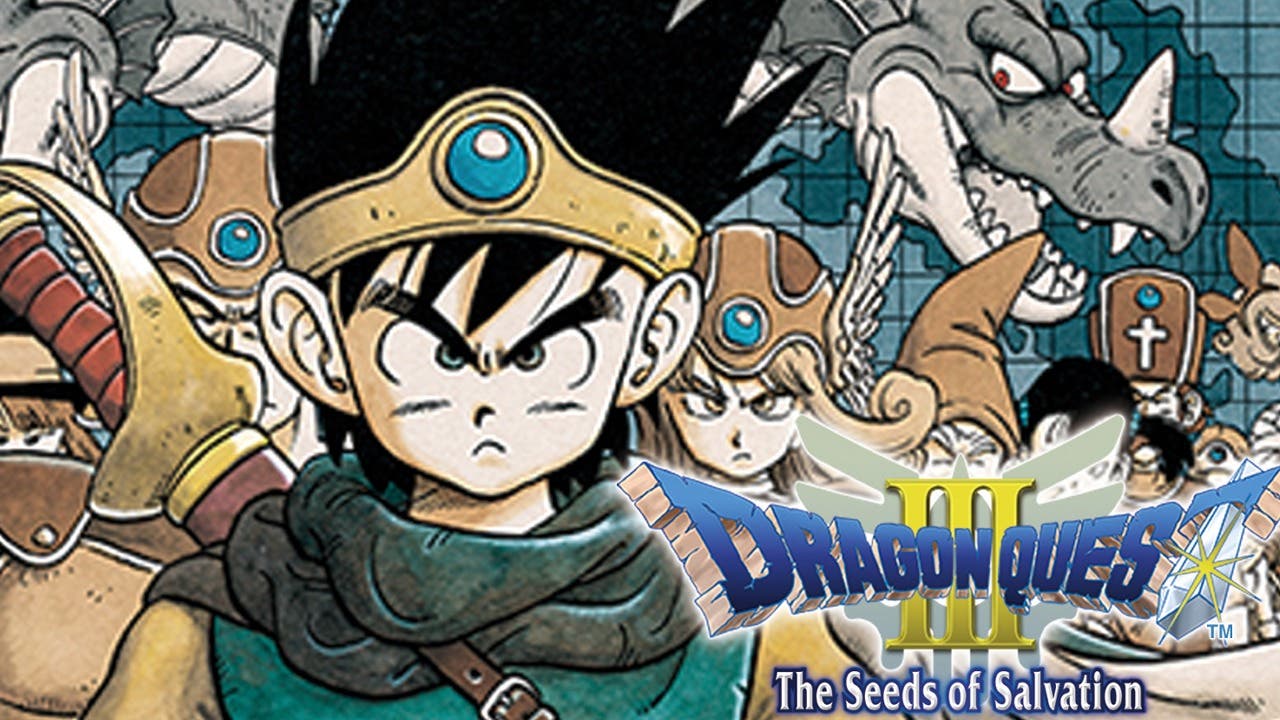Few franchises have been so influential for the genre of JRPG like Dragon Quest. Created by Enix under the mantle of Yuji Hori and with the initial designs of the great Akira Toriyama, this series laid the foundations for how this type of games should be made. Especially at the time when they began to stand out within the industry.
Dragon Quest III It was based on the top-down point of view, the turn-based combat system, progression based on obtaining new weapons and armor, and an entire well-constructed JRPG system that caused its great success internationally… Everything was seen in the first title in the franchise, released Japanese market in 1986.
And although Dragon Quest II maintained the level, it did not manage to reach the level of influence of the first installment. This would only achieve Dragon Quest III
The classic story of good versus evil
Dragon Quest III was the most important title (not the most groundbreaking, since that title would have its sequel) that Enix released during the 1980s. Ultimately, it was the final culmination of the original trilogy, a much larger and more ambitious game that put into practice everything learned in the previous installments.
And it managed to capture the attention of fans of the genre, and served to further cement the franchise in the world of video games.
Dragon Warrior III
You will surely know, if you are a fan of the saga, that this installment was originally released under the name Dragon Warrior III in North America, almost like a marketing strategy to gradually conquer a society that saw JRPGs as niche and more isolated games. Something that did not happen in Japan, where it originally triumphed under the name Dragon Quest III.
The initial trajectory of the game
It should be noted that the title was originally released for the Famicom in Japan, and was later released on the NES in the Western market. Years later he was taken to Super Famicom in the form of a remake (in 1996 to be more exact).
And it finally ended up landing on the Game Boy Color in 2001, making it more than clear that the franchise was being a success. The history of the game It also separated itself from that of the two previous games, which allowed it to explore other terrains and other different stories that managed to captivate thousands of players at that time.
The gameplay that revolutionized the JRPG genre
This game was practically one of the first precursors to betting on a mixed playable system. Where each character had a different class, in addition to the hero class that only our protagonist had. Furthermore, the game gave us the opportunity to form our group of soldiers to battle against unique and incredible monsters.
The interface was intuitive and a real enjoyment for fans, the turn-based combat system was very extensive, well-worked and knew how to fit perfectly with what thousands were looking for in the game at that time. It was also a game-changer in the open world in the video game.
- The day and night cycle was also introduced in the title.
- Some characters and missions could only be completed depending on the time of day.
- A great capacity for combat customization.
- Equipment, skills and battle strategies.
For all this and much more, this title was a great stimulus for the JRPG genre in the past. Do you agree?
Table of Contents










